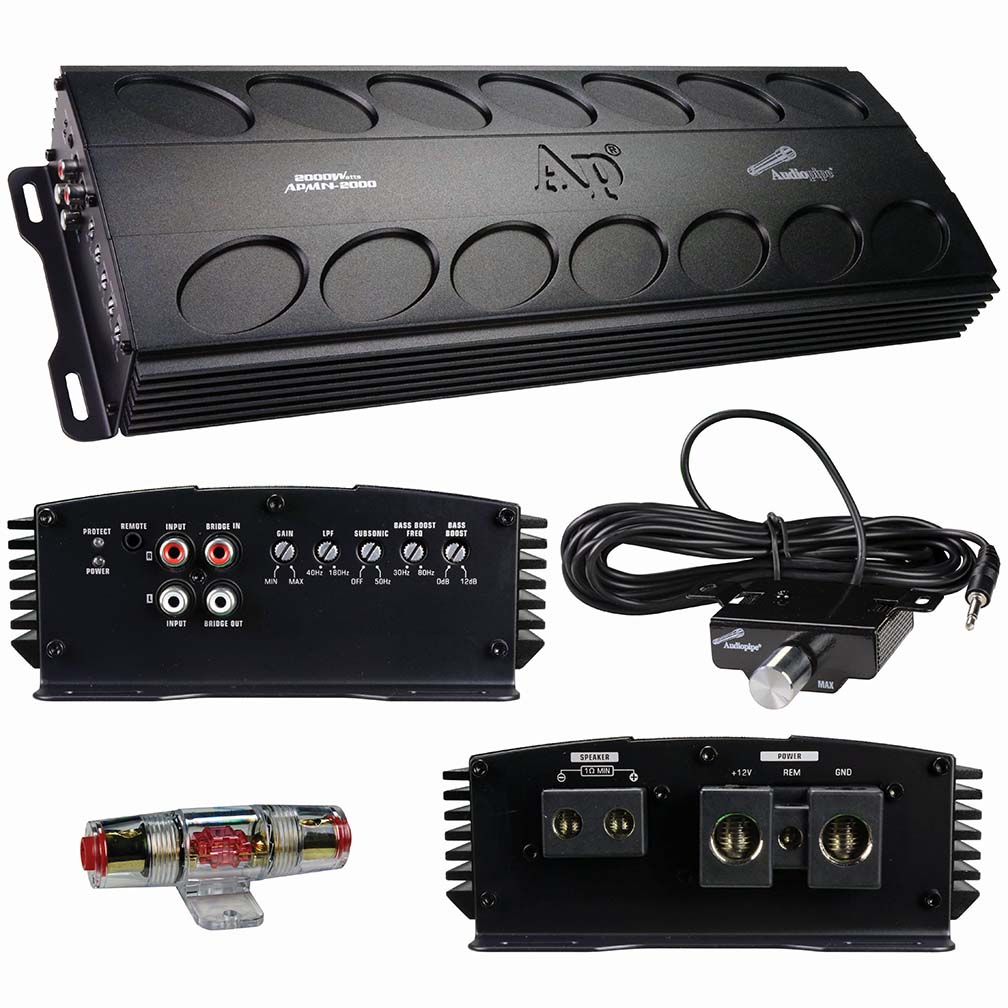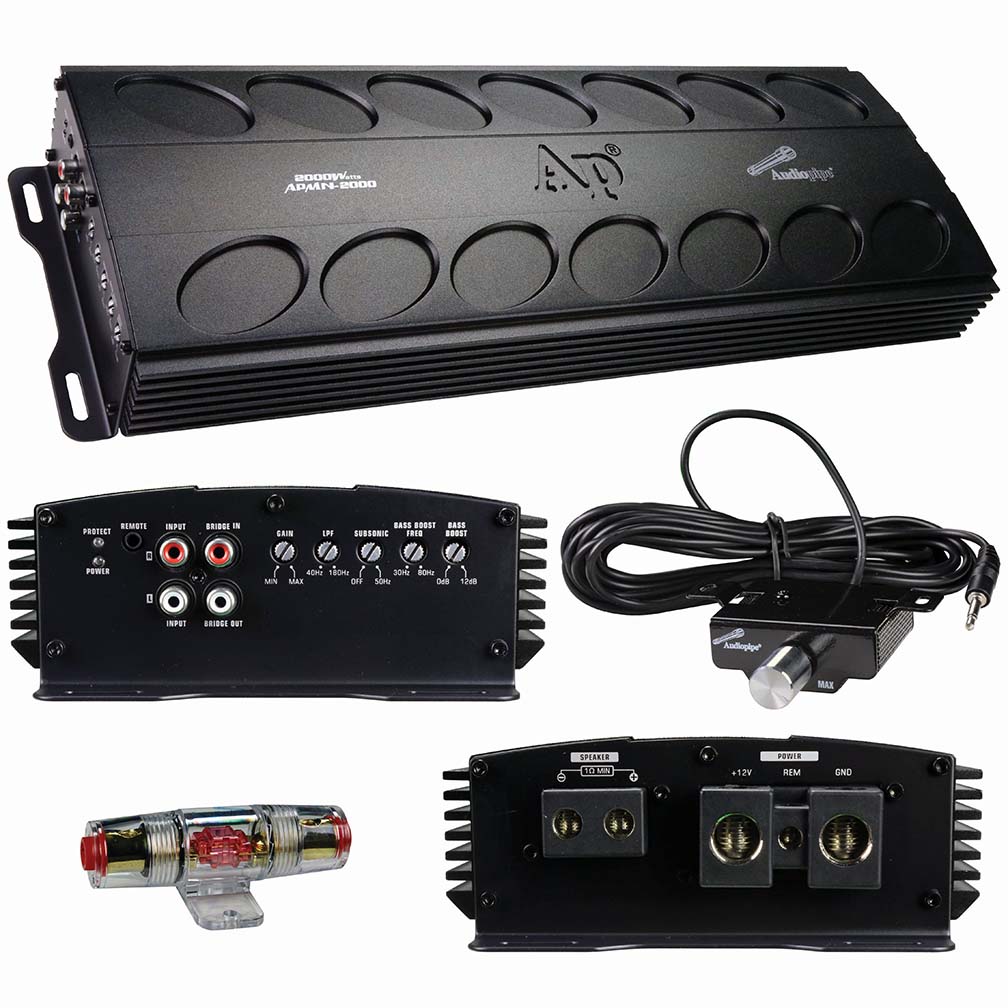Answer
Aug 23, 2024 - 08:27 AM
Class A and Class D amplifiers are two different types of audio amplifiers that vary significantly in their design, operation, efficiency, and applications. Here’s a detailed comparison between the two:
1. Amplification Technology-
Class A Amplifier:
- Operation: In a Class A amplifier, the output transistors are always on and conducting current, even when there is no audio signal. This means the transistors are always ready to amplify the signal, resulting in very linear and low-distortion amplification.
- Continuous Operation: Since the transistors are always on, Class A amplifiers produce a consistent output with minimal crossover distortion, which is common in other amplifier classes.
-
Class D Amplifier:
- Operation: Class D amplifiers operate by rapidly switching the output transistors on and off at high frequencies (usually in the hundreds of kHz range) using a method called pulse-width modulation (PWM). The audio signal is encoded in these high-frequency pulses, which are then filtered to produce the final amplified audio signal.
- Switching Technology: The transistors in a Class D amplifier are either fully on or fully off, which significantly reduces power loss in the form of heat.
-
Class A Amplifier:
- Low Efficiency: Class A amplifiers are known for being inefficient, with efficiency levels typically around 20-30%. This inefficiency is due to the fact that the output transistors are always on, leading to significant power loss as heat, even when there is no input signal.
- Heat Generation: Due to the continuous operation of the transistors, Class A amplifiers generate a lot of heat, requiring large heatsinks or cooling systems.
-
Class D Amplifier:
- High Efficiency: Class D amplifiers are much more efficient, often exceeding 90% efficiency. This high efficiency is because the output transistors are either fully on or fully off, minimizing power loss as heat.
- Minimal Heat: Due to their high efficiency, Class D amplifiers produce very little heat, allowing them to be smaller and lighter than Class A amplifiers.
-
Class A Amplifier:
- High Fidelity: Class A amplifiers are prized for their sound quality, offering excellent linearity, low distortion, and high fidelity. The continuous operation of the transistors ensures that the amplified signal closely matches the input signal.
- Audiophile Preference: Because of their superior sound quality, Class A amplifiers are often preferred by audiophiles and are used in high-end audio equipment.
-
Class D Amplifier:
- Improved Sound Quality: Historically, Class D amplifiers were associated with higher distortion and noise, especially in the midrange and high frequencies. However, advances in technology have significantly improved their sound quality, making them suitable for a wide range of audio applications, including full-range speakers.
- Bass Performance: Class D amplifiers are particularly well-suited for subwoofers and bass-heavy applications due to their high power output and efficiency.
-
Class A Amplifier:
- High-End Audio: Due to their sound quality, Class A amplifiers are typically used in high-end home audio systems, studio equipment, and other applications where sound fidelity is paramount.
- Low-Power Applications: Given their inefficiency and heat generation, Class A amplifiers are often used in lower-power applications where ultimate sound quality is the primary goal.
-
Class D Amplifier:
- Car Audio and Subwoofers: Class D amplifiers are widely used in car audio systems and for driving subwoofers due to their compact size, high efficiency, and ability to deliver high power.
- Portable and Professional Audio: Class D amplifiers are also common in portable audio devices, professional sound reinforcement, and applications where space and power efficiency are important.
-
Class A Amplifier:
- Higher Cost: Due to their low efficiency, large size, and need for extensive cooling, Class A amplifiers are typically more expensive to produce and purchase.
- Simplicity in Design: Despite their cost, the design of Class A amplifiers is relatively simple, which contributes to their excellent sound quality.
-
Class D Amplifier:
- Cost-Effective: Class D amplifiers are generally more cost-effective, particularly for high-power applications, due to their efficient use of power and smaller size.
- Complex Design: The technology behind Class D amplifiers is more complex, involving high-frequency switching and filtering, but this complexity has been largely overcome by modern digital signal processing techniques.
-
Class A Amplifier: Offers superior sound quality with low distortion and high fidelity, but is inefficient, generates a lot of heat, and is typically more expensive. Ideal for high-end audio applications where sound quality is the top priority.
-
Class D Amplifier: Highly efficient, compact, and capable of delivering significant power output, especially for bass and subwoofers. Modern Class D amplifiers have improved sound quality, making them suitable for a wide range of audio applications, from car audio to portable devices.
Choosing between a Class A and Class D amplifier depends on your priorities—whether you value ultimate sound quality and are willing to pay a premium for it (Class A) or if you need a powerful, efficient, and compact amplifier that is cost-effective and versatile (Class D).





Add New Comment